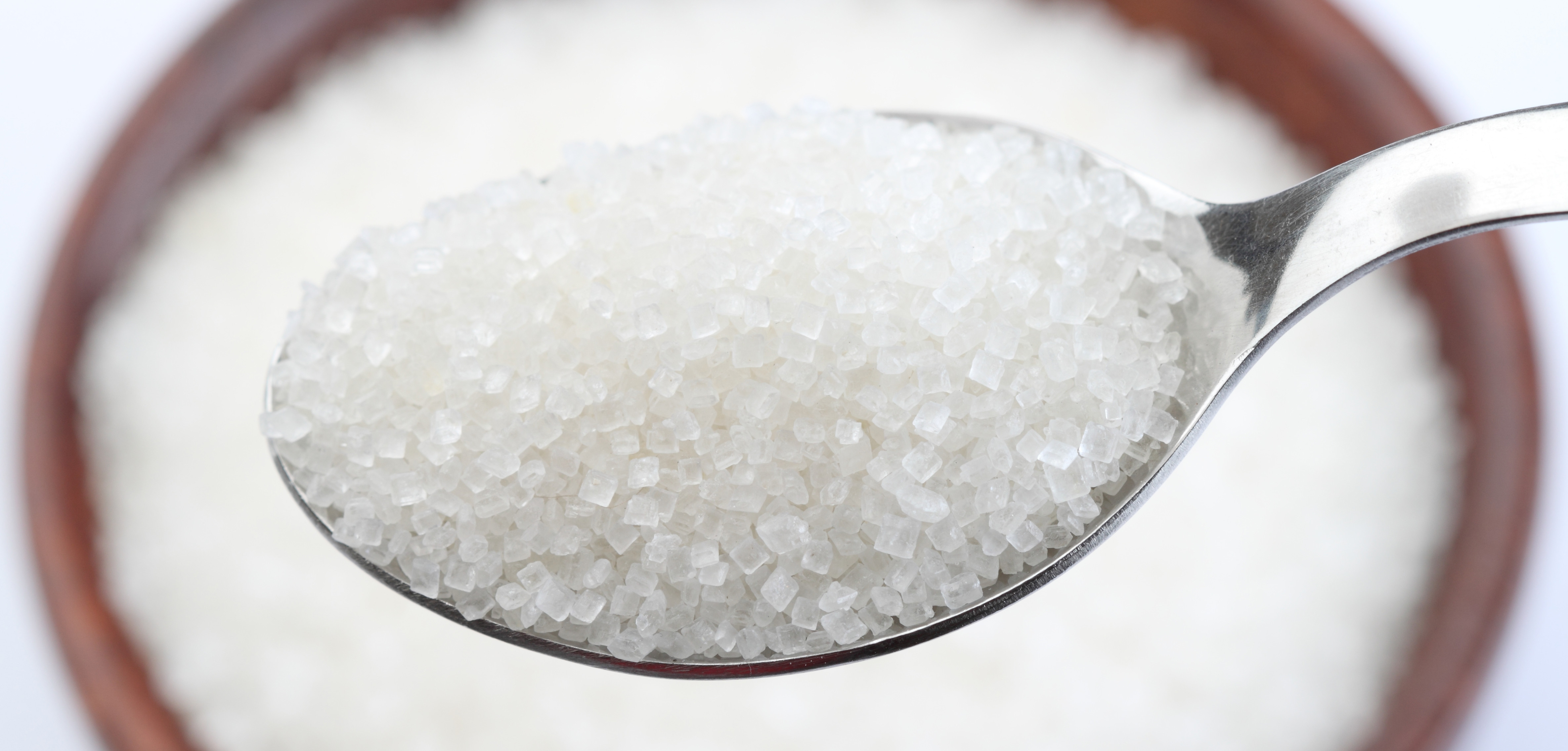Sugar is public enemy number one right now, and with the shiny white stuff blamed for growing levels of obesity, diabetes, heart disease, and liver disease, it’s little wonder we are all concerned about our intake.
But how much is too much exactly? Is all sugar bad and if so, can we really eliminate it out of our lives? To help cut through the confusion, a useful starting point is to properly understand what sugar is.
What is sugar?
All sugars are carbohydrates and their primary purpose is to provide our bodies with energy. That doesn’t sound so bad does it, after all, we all need energy? The problem is that sugar is a simple carbohydrate which means it takes no additional energy to digest it. This is why, after eating something sugary, energy levels spike – perhaps for around 30 minutes – before rapidly dropping again, leaving us sluggish and craving another boost.
There are also no useful nutrients in sugar itself – no proteins, essential fats, vitamins or minerals. This is why you often hear reference to sugar as empty calories.
What’s the difference between natural sugar and added sugar?
There are two types of sugar, those that are naturally occurring such as lactose in milk or fructose in fruits, and those which are added to foods, perhaps to boost flavour or texture.
It’s this added sugar, predominantly found in processed food, which causes most problems.
It is worth highlighting here that ‘added sugar’ can still refer to sugars such as fructose but only where they have been introduced (it would be virtually impossible to overdo fructose purely by eating it naturally in fruit).
How much added sugar is too much for my kids?
Added sugars should make up no more than 5% of your child’s daily calorie intake. At the moment the national average intake for children is much higher – around 14.7% for children aged between 4 and 10, and 15.6% for those aged between 11 and 16.
In the real world – how can I actually check how much added sugar foods contain?
It is important to understand food labelling when it comes to sugars.
Watch out for the term ‘carbs as sugars’ on the nutritional panel. This should refer to both natural and added sugars included in the item. Anything 5g per 100g or lower is preferable. Anything over 15g is high. As an example, frosted cornflakes typically contain 37g per 100g and chocolate biscuits contain around 45.8g per 100g. Even squash cordials can also contain around 24.6g per 100g.
Another tip is to keep an eye out for words ending in ‘ose’ (glucose, sucrose, fructose, lactose, maltose) as these are all forms of sugar which, though naturally occurring, are also added to many foods. The higher up they appear on the ingredients list, the more sugar the product is likely to contain.
If I don’t give my children sweet foods like biscuits or fizzy drinks I don’t have anything to worry about right?
Avoiding sweet food does not mean you are avoiding sugar.
An awful lot of savoury food contains added sugar – often to counteract acidic ingredients. For example, tomato ketchup can contain around 27.5g per 100g. Products such as ready-made jars of pasta sauce or marinades can also be surprisingly high in added sugar.
Also, don’t be fooled by foods labelled ‘low fat’…this is NOT the same as low/no sugar and in fact, many foods such as yoghurts that are labelled low fat are actually higher in sugar and potentially more calorific than their full-fat counterparts.
Is all sugar bad?
Natural sugar (sometimes referred to as unrefined) – for example in fruit and vegetables – is actually essential for a healthy body. It is a carbohydrate remember. After exercise, for example, eating sugar and protein helps aid muscle recovery.
The important thing is that this unrefined sugar comes in ‘nature’s packaging’, meaning that it is accompanied by useful vitamins, minerals and fibre that controls the release of sugar so that a little goes a long way. Natural foods containing sugar need to be eaten in moderation as part of a balanced diet but they certainly don’t deserve the bad press that added sugar does.
What’s the best way to make sure my family eats the right amount of sugar?
My top tip is to avoid processed food as much as possible. By making meals and snacks from scratch using natural ingredients you will immediately reduce your sugar intake and also start to change your family’s taste-buds – over time you will start to really notice how beautifully sweet some fruit and veg are and cravings for calorific products with added sugar will start to fade.
Of course, this is the real world and things aren’t always this straightforward. So my other tip is to pace yourself. Small changes will gradually make a big difference. Perhaps swap out the kids’ white bread and jam for breakfast to wholemeal toast with some lovely avocado and when they (or you!) fancy a chocolatey treat, try some dark chocolate instead of high sugar milk chocolate. Bit by bit, smart swaps will set you on the right path.

